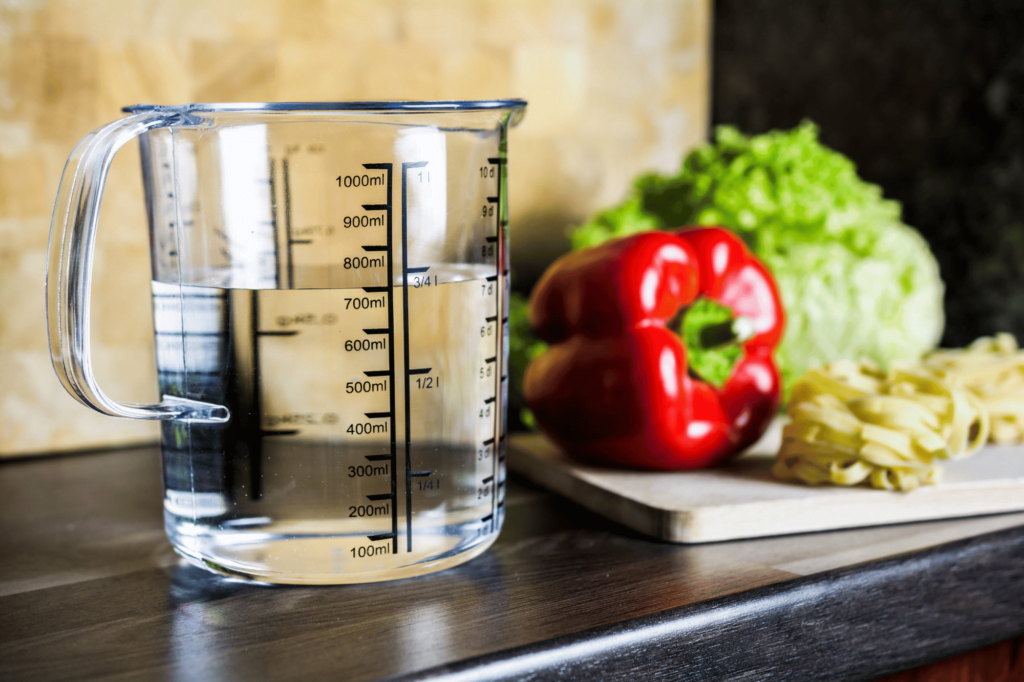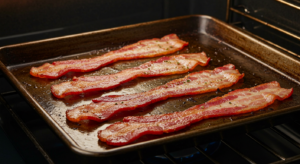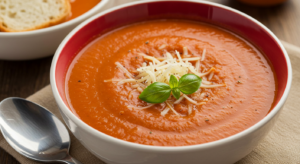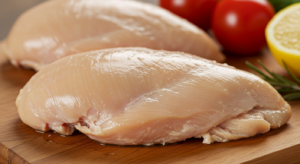“Ounces to milliliters” is a conversion that often stumps many, especially when navigating the world of culinary measurements. This article aims to demystify this process, providing a comprehensive guide to understanding and performing this conversion with ease.
Understanding the Units: Milliliters and Ounces
Before we delve into the conversion process, it’s essential to understand what milliliters and ounces represent. Milliliters are a unit of volume in the metric system, with one milliliter being equivalent to one thousandth of a liter. On the other hand, ounces are a unit of mass used in the British Imperial and United States customary systems of measurement, with one ounce equaling approximately 28.35 grams.
The Merits of Milliliters
Milliliters offer a higher degree of precision compared to fluid ounces due to their smaller unit size. This makes them particularly useful when measuring small quantities of liquid, such as in baking and cooking. Furthermore, milliliters are universally recognized, eliminating the need for conversion when used in international recipes.
The Conversion: Ounces to Milliliters
The conversion from ounces to milliliters is a straightforward process. Two ounces equate to approximately 59.15 milliliters. This is calculated by multiplying the number of ounces by 29.5735, the conversion factor between ounces and milliliters.
Practical Applications: Using Milliliters in Everyday Life
Understanding the conversion from ounces to milliliters is not only useful in the kitchen but also in everyday life. Whether you’re adding 59.15 milliliters of water to a recipe, measuring the exact amount of oil for a salad dressing, or ensuring your shot of alcohol is precisely 2 ounces, this knowledge can be invaluable.
The Importance of Precision: Tips for Accurate Measurement
Accuracy is key when it comes to food labeling and recipe creation. Always double-check your measurements and use a measuring cup or kitchen scale when necessary. Remember, the nutrition labels on food products will indicate the required amount in both fluid ounces and milliliters.
Expanding the Conversion: Understanding Dry and Fluid Ounces
When dealing with ounces, it’s important to note that there are two types: dry and fluid ounces. A dry ounce is a measure of weight, while a fluid ounce is a measure of volume. This distinction is crucial when converting between cups and ounces. For instance, a cup of flour weighs less than a cup of butter (4.4 ounces versus 8 ounces).
Fluid Ounces in a Cup
In the United States, one cup holds 8 fluid ounces. However, in the United Kingdom, one cup holds 10 UK fluid ounces. This difference is due to the variations in the standard measurements used in these countries.
Wrapping Up: Key Takeaways
Understanding the conversion from ounces to milliliters is a valuable skill, particularly for those who enjoy cooking or baking. Remember, one US fluid ounce is approximately 29.57 milliliters, while one Imperial fluid ounce is around 28.41 milliliters. With this knowledge, you can confidently navigate recipes and food labels, ensuring your culinary creations are always a success.
Frequently Asked Questions
Is 2oz 60 ml?
While 2 ounces is approximately 59.15 milliliters, it’s often rounded up to 60 milliliters for simplicity.
Is 1 oz the same as 30ml?
One ounce is nearly equivalent to 30 milliliters, with the exact conversion being 29.57 milliliters.
How many ml is a 2 oz cup?
A 2-ounce cup holds approximately 59.15 milliliters of liquid.
Is 100 ml the same as 3 oz?
100 milliliters is slightly more than 3 ounces, with the exact conversion being approximately 3.38 ounces.
Is 4 oz 120 ml?
Yes, 4 ounces is approximately equivalent to 118.29 milliliters, which is often rounded up to 120 milliliters for simplicity.
What is the difference between dry and fluid ounces?
A dry ounce is a measure of weight, while a fluid ounce is a measure of volume. This distinction is crucial when converting between cups and ounces.
How many fluid ounces are in a cup?
In the United States, one cup holds 8 fluid ounces. However, in the United Kingdom, one cup holds 10 UK fluid ounces.
How many dry ounces are in a cup?
This depends on the substance being measured. For instance, a cup of flour weighs about 4.4 oz, a cup of sugar about 7.1 oz, and a cup of butter about 8 oz.








